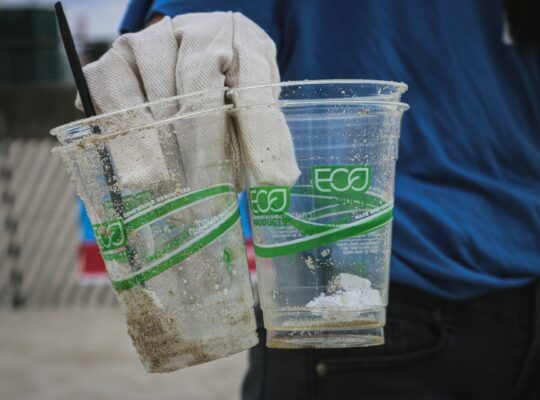Major source of pollution could lower carbon impact, says new pollution research.
Construction cement production is a significant contributor to pollution and carbon dioxide emissions, accounting for approximately 7% of total global emissions, but research shows a new form of production that would cut carbon emissions. Cement is the primary binding material used in concrete, which is a vital construction material. Every year, the demand for cement increases, leading to more pollution and more emissions.
Researchers from the University of Colorado have developed a sustainable alternative to conventional cement production. They have created cement that is “grown” by harnessing tiny sea organisms such as coccolithophores. This process is inspired by the natural way in which coral reefs and plankton create limestone.
The researchers’ innovation has gained the attention of the US Department of Energy’s Advanced Research Projects Agency (ARPA-E). This agency invests in high-risk, high-reward projects that can significantly reduce greenhouse gas emissions. ARPA-E has invested $3.2 million in scaling up the cultivation of coccolithophores to create this innovative cement.
Coccolithophores are single-celled algae that have a unique ability to absorb carbon dioxide from the atmosphere and convert it into calcium carbonate, a compound similar to the one found in conventional cement. The researchers use this natural process to create cement, which is then used in construction.
This process has several environmental benefits. First, it helps capture carbon dioxide from the atmosphere, which is a significant contributor to global warming. Second, the cement produced through this method has a lower carbon footprint than traditional cement. Finally, the use of this cement could slightly improve the heat island effect, which is the phenomenon where cities experience higher temperatures than surrounding rural areas due to human activities.
The potential impact on pollution of this innovative research is enormous. Cement production is a significant source of global carbon dioxide emissions, and reducing these emissions is critical to mitigating climate change. By harnessing natural processes, such as those used by coccolithophores, researchers can create sustainable alternatives to traditional industrial processes that have harmful environmental impacts.
The development of cement that is grown by harnessing tiny sea organisms is a significant step towards reducing carbon emissions from the construction industry. The investment by the US Department of Energy’s Advanced Research Projects Agency is a testament to the potential impact of this innovation. The use of this sustainable cement could help capture carbon dioxide from the atmosphere and improve the environmental impact of the construction industry.
Click here to view the original web page at: Researchers harness algae to ‘grow’ construction cement










